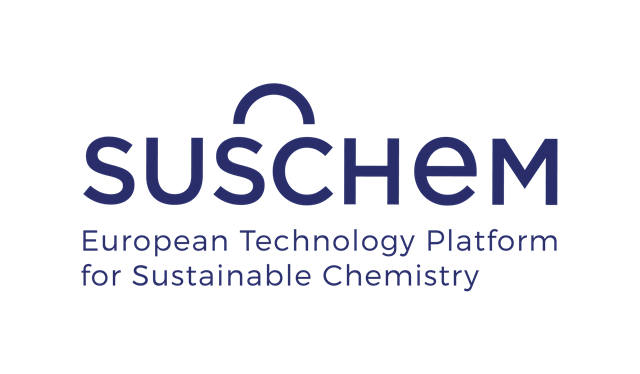The new guide (below) is is a very useful tool for anyone applying for funds in the Biobased Industries JTI calls and interested in creating synergies with European regional funds. And the guide is also an excellent primer for anyone interested in the practicalities of combined funding for research and innovation.
New funds
New European funding programmes to strengthen research and innovation in Europe have come available in the 2014 – 2020 Financial Framework of the European Union. A myriad of different programmes are available for beneficiaries throughout Europe to co-fund innovation and market developments. These include:
- Over €70 billion is invested in research and innovation through the centrally managed Horizon 2020 programme
- The European Structural and Investment Funds (ESIF) will invest between €80 – €100 billion via the European Regional Development Fund (ERDF) in innovation-drivers, infrastructures, logistics and market take-up activities
- €70 billion from the European Social Fund (ESF) will be invested in skills, life-long learning, social integration, employment services, capacity building entrepreneurship and social innovation
- More than € 100 billion will go into funding for Rural Development via the European Agricultural Fund for Rural Development (EAFRD) and the European Maritime and Fisheries Fund
- €66 billion will be available for Trans-European transport connections and environmental projects
Many of these funds can be combined to boost the European bio-based economy.
In June 2014 the European Commission (EC) has published a European Guide on synergy possibilities between ESIF and other (centrally managed) EU funds including Horizon 2020. The Bio-based Industries Consortium (BIC) guide complements this and provides guiding principles, synergy scenarios and illustrative practical examples on how the Bio-Based Industries Joint Undertaking (BBI) funding from Horizon 2020 can be combined with ESIF (and other) funding.
The 'BIC specific' practical guide is particularly useful as the BBI aims to build new biobased Value Chains from different kinds of (regional) biofeedstocks to new biobased products, aiming to bridge currently different worlds and sectors. Synergies are targeted to maximise the impact of public policies and support in bridging regions, sectors and value chain stakeholders towards new biobased business, new and better jobs and benefits for the environment.
The 38 page guide includes a number of case studies, many SusChem related, that illustrate how funds have been combined. These include:
- Bio Base Europe: one of several pilot facilities funded by ESIF (INTERREG IV 2007-2013 programme).
- Novamont: an industrial company integrating chemistry, agriculture and the environment that has various relevant experiences with both EU and regional funding.
- Biochemtex: its proprietary PROESA(R) technology received funding under FP7, NER300 (a financial instrument of the EU Commission and EIB for renewable demonstration plant) and national funds.
- R4R: The FP7 funded project is a good example of regional smart specialisation activities receiving funding from FP7, ERDF, INTERREG (ESIF) and national/regional funding.
Commission guide
A guide on the practicalities of combining funding was published by the European Commission.
The European Commission guide published in June is entitled ‘Enabling synergies between European Structural application: and Investment Funds, Horizon 2020 and other research, innovation and competitiveness-related Union programmes’ and describes the synergies now available between ESIF (European Structural and Investment Funds) and Horizon 2020 and other EU programmes for innovation and competitiveness.
The 125 page guide contains explanations on the basic rules and principles for obtaining synergies and combining the different funds, and contains recommendations for relevant actors. It is accompanied by descriptions of the various programmes (Annex 1) and guidance via a set of scenarios designed to “inspire programme designers and implementers” with respect to the potential to combine schemes (Annex 2).
More information
To download the BIC guide visit the website and for more information on BIC and BBI activities, or you can contact the BIC secretariat.


No comments:
Post a Comment
Please post your comment here. Please note that this newsblog is not moderated.
Note: only a member of this blog may post a comment.